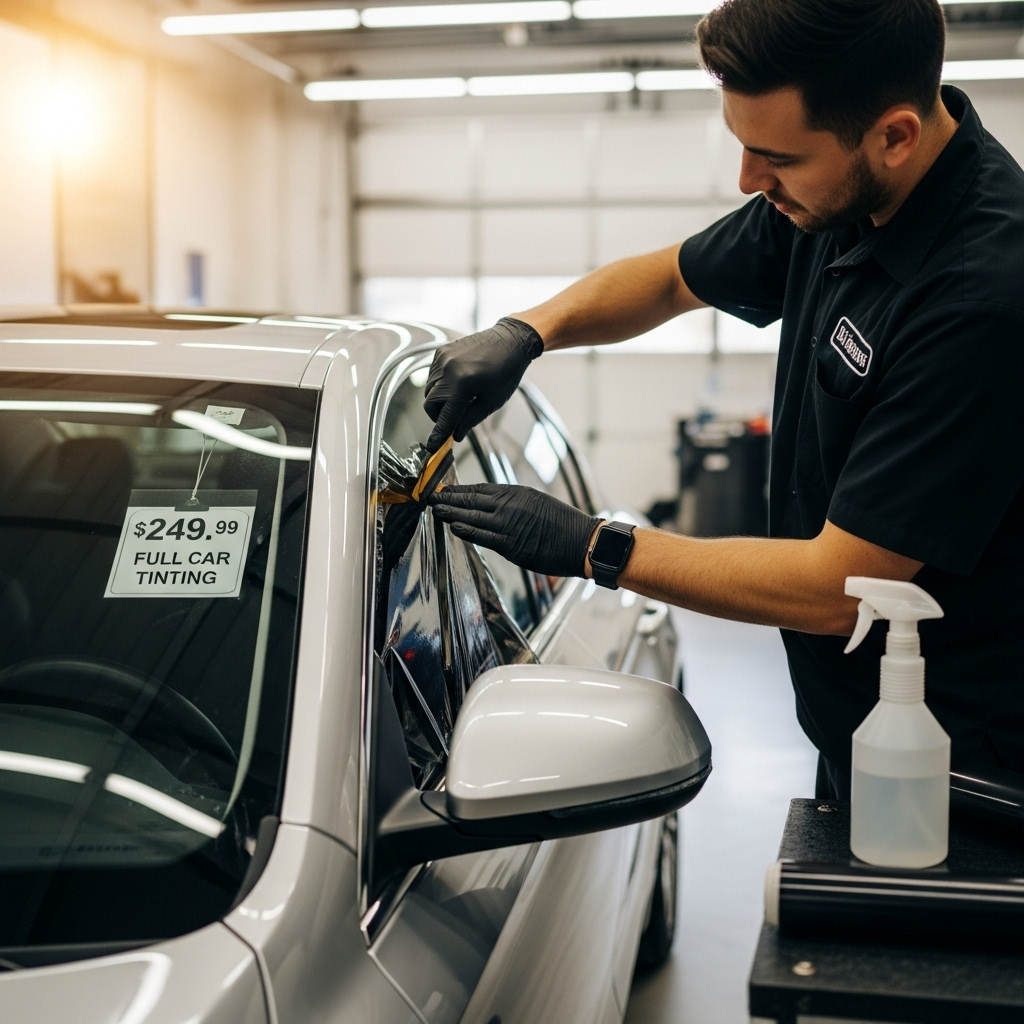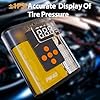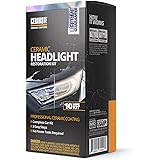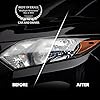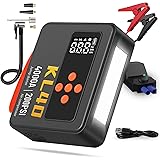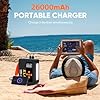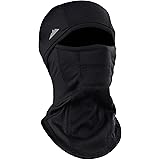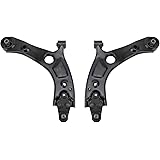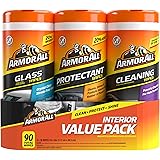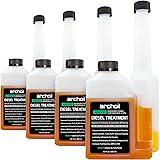Table of Contents
If you’re asking yourself “how much to tint car windows?” you’ve come to the right place. This comprehensive guide will illuminate every factor that influences the final price, from the high-tech ceramic films preferred by enthusiasts to the basic dyed options for budget-conscious drivers. The cost to tint your car windows is not a one-size-fits-all figure; it’s a variable that depends heavily on your choice of film material, the size and complexity of your vehicle, and whether you opt for professional installation or a DIY approach. By understanding these elements, you can make an informed decision that balances your budget with your desired level of heat rejection, UV protection, and aesthetic appeal. We’ll provide you with detailed price brackets for 2025, explore the pros and cons of each tint type, and offer practical tips to ensure you get the best possible value for your investment.
What Determines the Final Bill? Key Cost Factors
The final price of your window tinting project is influenced by a combination of material, labor, and vehicle-specific factors. Understanding these variables will help you decipher quotes and make a choice that aligns with your priorities.
Type of Tint Film
The material of the window film itself is the single biggest factor affecting cost. The market offers a tiered system of performance and price, each with distinct advantages and drawbacks .
- Dyed Window Tint: This is the most affordable entry-point option. It uses multiple layers of dye to block sunlight and provide privacy. The primary drawback is its tendency to fade over time, often turning purple or brown after a few years. It also offers the lowest heat rejection capabilities and is prone to bubbling if not installed correctly .
- Carbon Window Tint: A step-up option, carbon film incorporates carbon particles that provide better heat rejection and a fade-resistant, matte finish. It doesn’t interfere with electronic signals and offers a good balance between performance and cost, making it a popular mid-range choice .
- Metalized Window Tint: This film contains tiny metallic particles that reflect heat, making it more effective than dyed or carbon films. It also adds strength to your glass. However, the metallic content can interfere with cell phone, GPS, and radio signals, which is a significant drawback in today’s connected vehicles .
- Ceramic Window Tint: Representing the pinnacle of window tint technology, ceramic films use non-conductive ceramic particles to block heat and UV rays. They provide superior heat rejection without any signal interference. They are also highly durable and resistant to fading, but this premium performance comes at a higher cost .
- Multi-Layer Ceramic Tint: An advanced version of standard ceramic, this film uses multiple ceramic layers for even greater heat rejection. It represents the absolute top tier in performance and price, requiring precise manufacturing to maintain clarity .
Vehicle Size and Window Complexity
The size and type of your vehicle directly correlate to the amount of material used and the time required for installation, both of which impact labor costs .
- Sedans and Coupes: With fewer and generally smaller windows, these vehicles are the least expensive to tint. A standard sedan typically has seven windows (two front, two rear, two quarter windows, and a rear windshield) .
- SUVs, Vans, and Trucks: These larger vehicles have more window surface area. SUVs and minivans, for example, have more and larger windows, leading to a cost increase of 25-40% over a sedan . Trucks, especially crew cab models, also fall into this higher pricing bracket .
- Complex Window Shapes: Vehicles with highly curved, steeply angled, or unusually shaped windows (common in many modern cars and sports cars) require more skill and time to tint properly. This increased labor can add to the overall cost .
Professional Installation vs. DIY Kits
The choice between a professional installer and a do-it-yourself kit is a choice between guaranteed quality and potential upfront savings.
- Professional Installation: This is highly recommended for a seamless, durable, and bubble-free result. Professionals have the tools, environment, and expertise to handle complex windows and ensure the film adheres correctly. Their work often comes with a warranty that protects against peeling, bubbling, or fading for many years . While more expensive upfront, it avoids the costs and frustrations of a failed DIY attempt.
- DIY Window Tinting: DIY kits can cost between $40 and $150, making them seem attractive . However, the application is challenging without experience. Common issues include bubbling, dust trapped under the film, uneven cuts, and poor adhesion. For many first-timers, the result is a subpar appearance that may need to be professionally removed and redone, ultimately costing more .
Additional Cost Considerations
- Tint Darkness (VLT%): The Visible Light Transmission (VLT) percentage measures how much light passes through the film. While the darkness level itself doesn’t always directly change the material cost, it must be chosen in compliance with local laws, which can limit your options .
- Warranty: High-quality films from reputable manufacturers often come with long-term warranties, sometimes even lifetime guarantees. This adds value and peace of mind, protecting your investment against manufacturing defects .
- Tint Removal: If you are replacing old, damaged tint, most installers will charge an additional fee of $100 to $200 to properly remove the existing film and adhesive before applying the new one .
- Location: Pricing can vary based on your geographic region and local market rates, with urban areas often commanding higher prices than rural ones .
2025 Price Breakdown: How Much to Tint Car Windows
To give you a clear financial picture, here are the detailed cost estimates for window tinting in 2025, categorized by film type and vehicle.
Cost by Type of Tint Film
The choice of film material sets the baseline for your project’s cost. The table below outlines the typical price ranges for a full vehicle tint job.
Cost by Vehicle Type
The size of your vehicle is the next major cost determinant. These ranges typically cover all side and rear windows.
Partial Tinting and Windshield Costs
You don’t have to tint every window. Many owners choose partial coverage to manage costs.
- Two Front Windows Only: Matching the factory tint on the rear windows is a common and cost-effective option. Prices typically range from $100 to $250 depending on the film type .
- Windshield Tint: Applying a clear, high-performance film to the entire windshield is an advanced job. A full clear ceramic tint can cost $250 to $300 or more. A simple shaded “visor” strip at the top of the windshield is more affordable, usually $50 to $100 .
Understanding the Value: Benefits Beyond the Price Tag
While the initial cost is a key consideration, window tinting offers a suite of benefits that provide long-term value, making it a worthwhile investment for many drivers.
- Heat Rejection and Fuel Efficiency: By blocking a significant amount of solar heat, window tinting keeps your car’s interior cooler. This reduces the strain on your air conditioning system, which can lead to improved fuel economy . Ceramic tints, in particular, can reduce interior heat by over 50%, making a dramatic difference in comfort .
- UV Protection and Interior Preservation: High-quality window films block up to 99% of the sun’s harmful ultraviolet (UV) rays . This protection prevents your dashboard, seats, and other interior surfaces from fading, cracking, and deteriorating, thereby helping to maintain your vehicle’s resale value .
- Glare Reduction and Enhanced Safety: Tinting significantly reduces glare from the sun and headlights, reducing eye strain and fatigue during long drives. This leads to a more comfortable and safer driving experience, especially during sunrise, sunset, or night driving .
- Privacy and Security: Tinted windows make it difficult for outsiders to see into your vehicle, offering privacy for you and your passengers. This also helps to conceal valuables left in your car, acting as a deterrent to theft .
- Shatter Resistance: In the event of an accident, the tint film acts as a bonding agent, holding shattered glass together. This helps prevent loose shards from causing injury, adding a valuable layer of safety .
Professional vs. DIY: A Cost and Quality Analysis
The decision between hiring a professional and doing it yourself is a classic trade-off between cost and quality. The following table illustrates the key differences.
Making the Right Choice for Your Car and Budget
With all the options available, making a final decision comes down to aligning the film’s performance with your needs, budget, and local regulations.
- Prioritize Your Needs: If your primary goal is privacy and a sleek look on a tight budget, a dyed film may suffice. If you live in a hot climate and want maximum interior comfort and protection, investing in a ceramic tint is the most cost-effective long-term choice .
- Check Your Local Tint Laws: Every state and country has specific laws governing how dark your window tint can be, typically measured by the VLT percentage on your front side windows. It is crucial to check your local regulations before selecting a tint darkness to avoid fines and the cost of removal .
- Choose a Reputable Installer: If you opt for professional installation, do your research. Look for installers with strong reviews, examples of their work, and who offer robust warranties on both their materials and labor. Don’t automatically choose the cheapest quote; quality of installation is as important as the film itself .
- Understand the Warranty: A strong warranty is a sign of a quality product and a confident installer. Look for warranties that cover issues like color fading, bubbling, and peeling. Lifetime warranties on premium ceramic films are common and add significant value .
Conclusion
So, how much to tint car windows? As we’ve detailed, the answer varies widely, with total costs ranging from as little as $150 for a basic dyed film on a sedan to over $1,100 for a top-tier multi-layer ceramic tint on a large SUV. This investment, however, pays dividends in enhanced driving comfort, superior protection for your skin and your car’s interior, and improved privacy and safety. By carefully considering the type of film that matches your performance needs and budget, verifying local legal requirements, and selecting a qualified professional for installation, you can ensure that your window tinting project is a complete success. Your decision will provide you with years of satisfaction, making every drive more enjoyable while protecting the value of your vehicle.
Key Takeaways
- The final cost to tint car windows depends on film type, vehicle size, and installation choice, with ceramic films offering the best performance at a higher price.
- For a full vehicle, expect to pay between $150-$800 for sedans and $250-$1,100+ for SUVs and trucks in 2025.
- Professional installation, while more expensive upfront, guarantees a high-quality, legally compliant result backed by a warranty, unlike risky DIY kits.
- The benefits extend far beyond aesthetics, providing significant heat reduction, 99% UV blockage, glare reduction, and enhanced privacy and safety.
- Always check your local tint darkness laws (VLT%) before purchasing to avoid fines and ensure your vehicle is street-legal.

